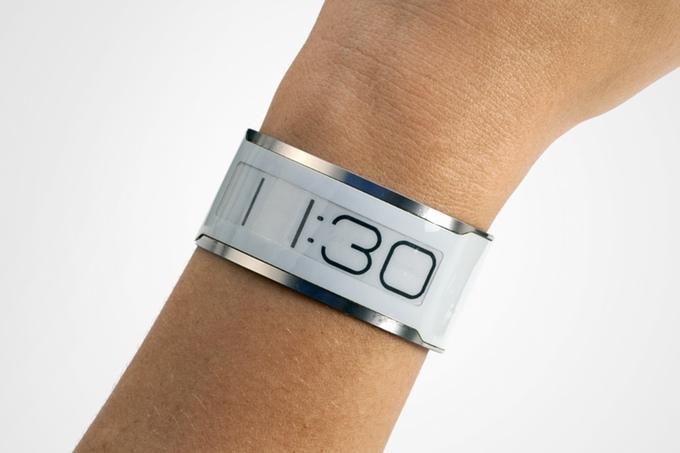
According to two engineers that worked on the CST-01 E Ink watch, the main issue was that roughly half of the watches did not work after assembly. Because of this, costs per unit would double unless the watchmaking team could solve the underlying issues. In the meantime, the cost to produce one watch rose to $260, more than twice the original $129 asking price.
Unfortunately for the team, it ran out of money before the situation could be rectified, with the two engineers saying they had to accept paying jobs just to keep the project afloat.
As a result, based on a previous update, the team has two options, the first being the liquidation of all remaining assets from Flextronics, the CST-01’s manufacturer. The second option, and the more interesting one, is to grant Kickstarter backers public access to its designs and sell as many parts as possible. As the team notes, however, this option is easily the most difficult for backers to truly take advantage of, since they are unlikely to have the machinery necessary to bring everything together.
A long, bumpy road
This marks the end of a very bumpy road for the CST-01, which started life on Kickstarter back in January of 2013 with the hope of bringing its 0.8mm-thin goodness to backers’ wrists. When all was said and done, the campaign accumulated $1 million, five times the amount originally sought.
The campaign planned to ship the watch to backers by September 2013, until it encountered its first speed bump: the inability to find a new battery, as well as the need to build a custom battery management circuit. Engineers behind the project also had to wait longer than expected for other parts. As such, delivery to backers was delayed to the beginning of 2014.
.
Unfortunately, in February 2014, more production issues popped up, involving the team’s ongoing attempt to get the watch under 1mm in width, which was set as the maximum goal. Fast forward to September 2014, and the team posted another update, saying Flextronics assured the team that the next run would solve previous issues.
In February of this year, engineers reported that some watches actually shipped out. Whether this was some sort of fluke or miracle is immaterial, as a May update reported that Flextronics would need another $1.2 million in order to fulfill orders.
The CST-01 is not the first Kickstarter campaign to fail, but it is a successful campaign that failed miserably. And it resulted in the biggest nightmare that every crowdfunding campaign potentially faces: the inability to deliver the goods. What exacerbates this nightmare is the (incorrect) believe of some backers that they are guaranteed a finished product once the campaign reaches its goal.
Even though last week’s update held out the hope that the watch’s team could find another partner to manufacture the CST-01, the team acknowledged that, “the future looks bleak.”


